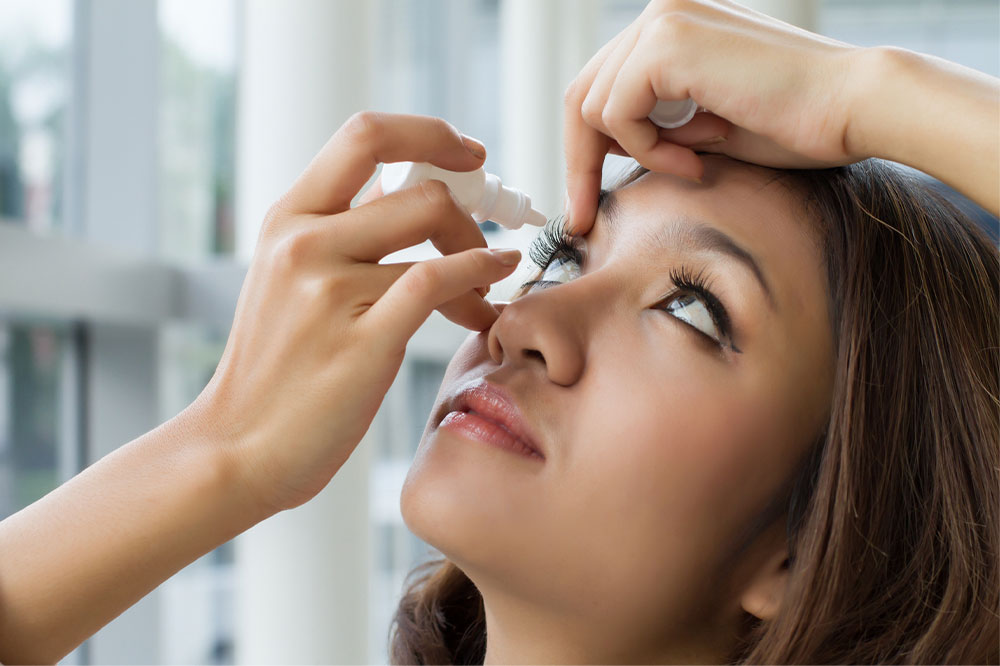
4 tips for protecting the eyes while traveling
When packing for a vacation, one is likely to load up on sunscreens and other skin essentials while overlooking the effects of extreme weather and sunlight on the eyes. Leaving the eyes unprotected can increase the risk of retinopathy, photokeratitis, and corneal thickness, which can lead to vision-related complications. So, one should be prepared for extreme weather conditions, dry air, and excessive sun exposure. Here are some tips for protecting the eyes while traveling:
Avoid contact lenses for long trips
Although it might feel convenient to wear contact lenses while traveling, most healthcare professionals suggest otherwise. This is because longer trips—either by car or airplane—come with constant temperature fluctuations and low humidity, irritating the eyes. Moreover, when traveling long distances, one may fall asleep without removing the lenses, which is a huge risk factor for eye infections. So, as an alternative, one must stick to eyeglasses on long trips. Additionally, on a road trip, the air vents should be directed away from the eyes to keep the glasses from fogging up.
Pack eye care essentials
If prone to allergies due to changes in weather, altitude, or air quality, one needs to pack allergy treatment options before leaving for a trip. Here, allergy-specific eye drops can come in handy. Further, when dirt or dust enters the eyes, many may choose to wash it away with tap water. However, tap water in public washrooms in some parts of the world could have irritating impurities and minerals. So, one should use sterile eye washes to get rid of the irritants. In addition, one must pack hats, top-notch sunglasses, and swimming goggles to protect the eyes.
Manage eye strain
One of the most common issues while traveling is eye strain, usually brought on by increased screen time and poor lighting. Although the discomfort can seem harmless, it can make the eyes susceptible to infections. Common signs of strain include itching and burning in the eyes, headaches, watery eyes, and blurred vision. Here, one should follow the 20-20-20 rule—after every 20 minutes, one must look away from the screen for 20 seconds and focus on things that are at least 20 feet away.
Choose nutrient-rich food
It is important to have healthy, nutrient-dense meals while traveling. Vitamin A is essential for maintaining eye health. The nutrient can be found in fruits and vegetables like kale, spinach, carrots, pumpkins, and sweet potatoes.


